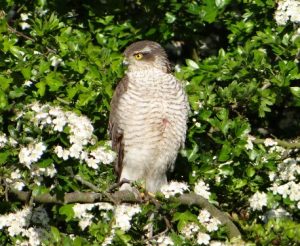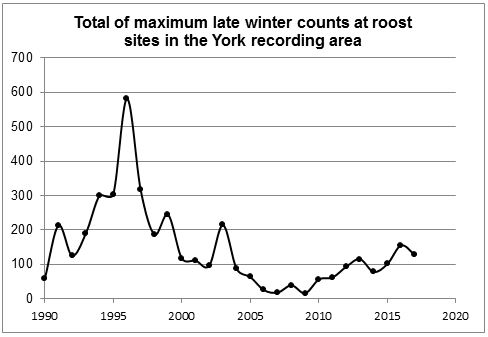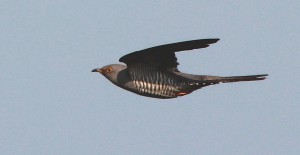Club Surveys
One of the main aims of the Club is to keep a record of the birds in our area. As part of that since 2015 we have carried out surveys of different species and these are written up in the Club Report. A brief summary of recent and current surveys is given below.
May Morning Bird Count
There will be a repeat in 2021 of the May morning bird count which aims to provide useful information on a wide range of species, but on breeding birds in particular.

2020 Raptor Survey
A survey of raptors seen from houses and gardens during lockdown in 2020 has been broadened and developed, and is continuing for the immediate future.
The aim is to map the abundance of raptors across the club area using the 10 km square as the base unit. To do that we need people to submit records showing (a) location and date (b) raptors seen (c) time spent. E.g Milford Common 1st October, 2 Buzzards, 1 Kestrel. 2 hours. The 10 km square is the base unit for analysis, so we will not be disclosing the sites of particular species (especially the rarer ones).
2018-20 Golden Plover Survey
The 2018 Golden Plover survey recorded a total of 1552 birds which is significantly lower than the conservative estimate of 8000 wintering in the Club area at the start of the 1980s. However the 2018 survey was affected by unusually dry conditions, so it was repeated in 2019 only to experience unusually wet conditions. The survey is being repeated in November 2020 and hopefully conditions will be more typical.
2017 Goosander Survey
Counts of Goosanders were carried out on the three dates and the results were 154 (15th January); 58 (12th February) and 7 (12th March). The rate of decline in the number of birds was typical for a mild winter. The graph below shows the pattern of records dating back to 1990 and is similar to national trends.

The most likely causes of the winter population changes are a combination of a changing climate and the rise in the UK breeding population. The peak counts in the 1990s are now known to have resulted from a series of cold winters on the continent which led to an influx of Goosanders into the UK. Since then the European wintering range has shifted to the north and west and as a result fewer continental birds are now wintering in the UK. So even though the UK breeding population was rising between the late 1990’s and the 2000’s, the number of wintering birds in the UK and the York area declined. It is likely that since 2010 the number of winter immigrants has stabilised at a much lower level and that the latest increase in national and local winter counts results from the growing UK breeding population.
There has also been a shift in the location of key winter roost sites in the York area and the survey confirmed that Redhouse Reservoir is now the premier location in the York area and that both the LDV and CHL no longer support significant numbers. Indeed, the count of 84 at Redhouse on 15th January was the highest total reported from Yorkshire during 2017. The reasons for the rise in numbers at Redhouse Reservoir and the declines in the LDV are unknown.
2016 Curlew Survey
Club members were asked to report any Curlews seen during the breeding season in 2016. The resulting reports showed a concentration of records from tetrads in the southern part of the club area which have flood plains capable of supporting Curlews. They are still reasonably widespread in the York area and the apparent decline of the breeding range in the YOC area indicated by the Breeding Bird Survey data may well be due to a reduction in the proportion of BBS squares holding suitable breeding habitat.
2015 Cuckoo Survey
Although Cuckoos are still reasonably widespread in the York area, the evidence clearly showed that their numbers have declined significantly. This is consistent with the picture across the rest of Britain. This survey will give us a more information to judge how well (or how badly) Cuckoos are doing in our area in future years.

